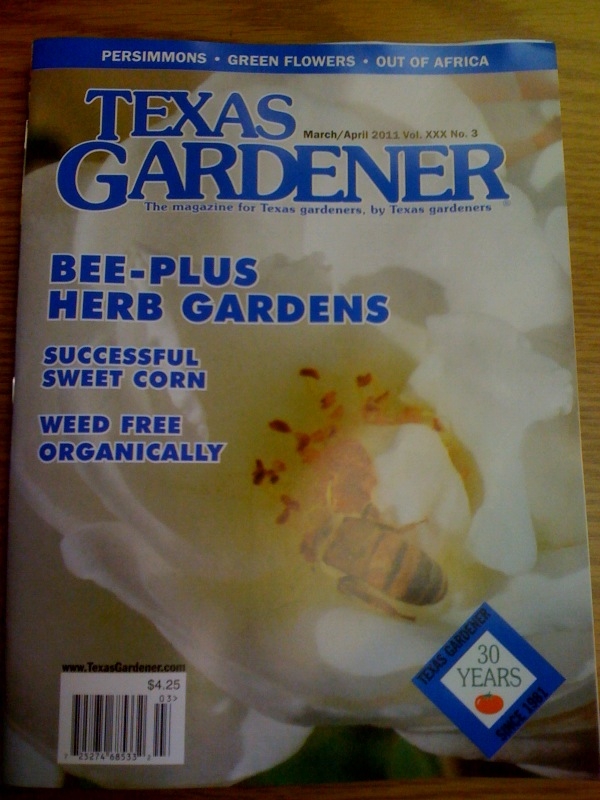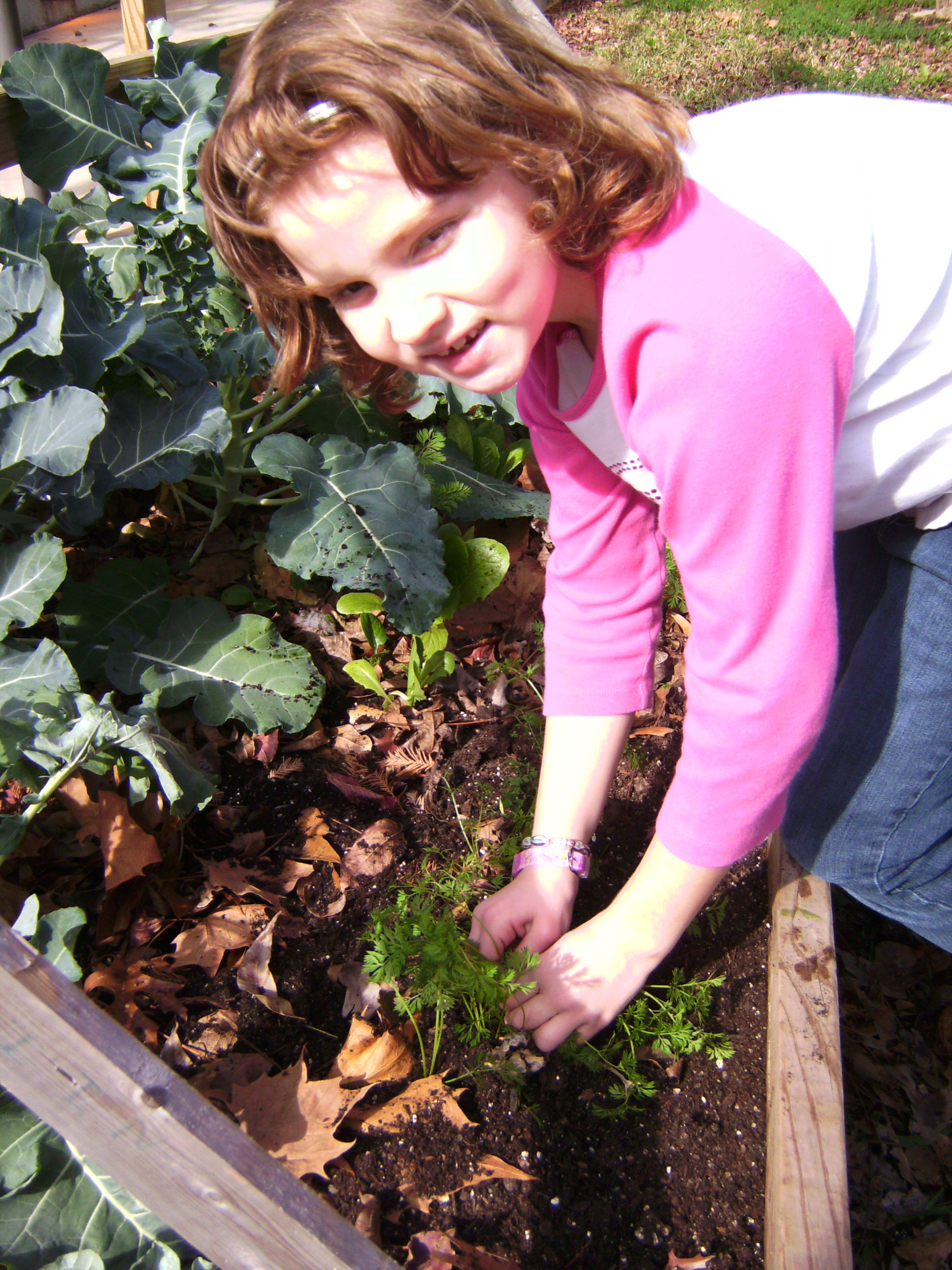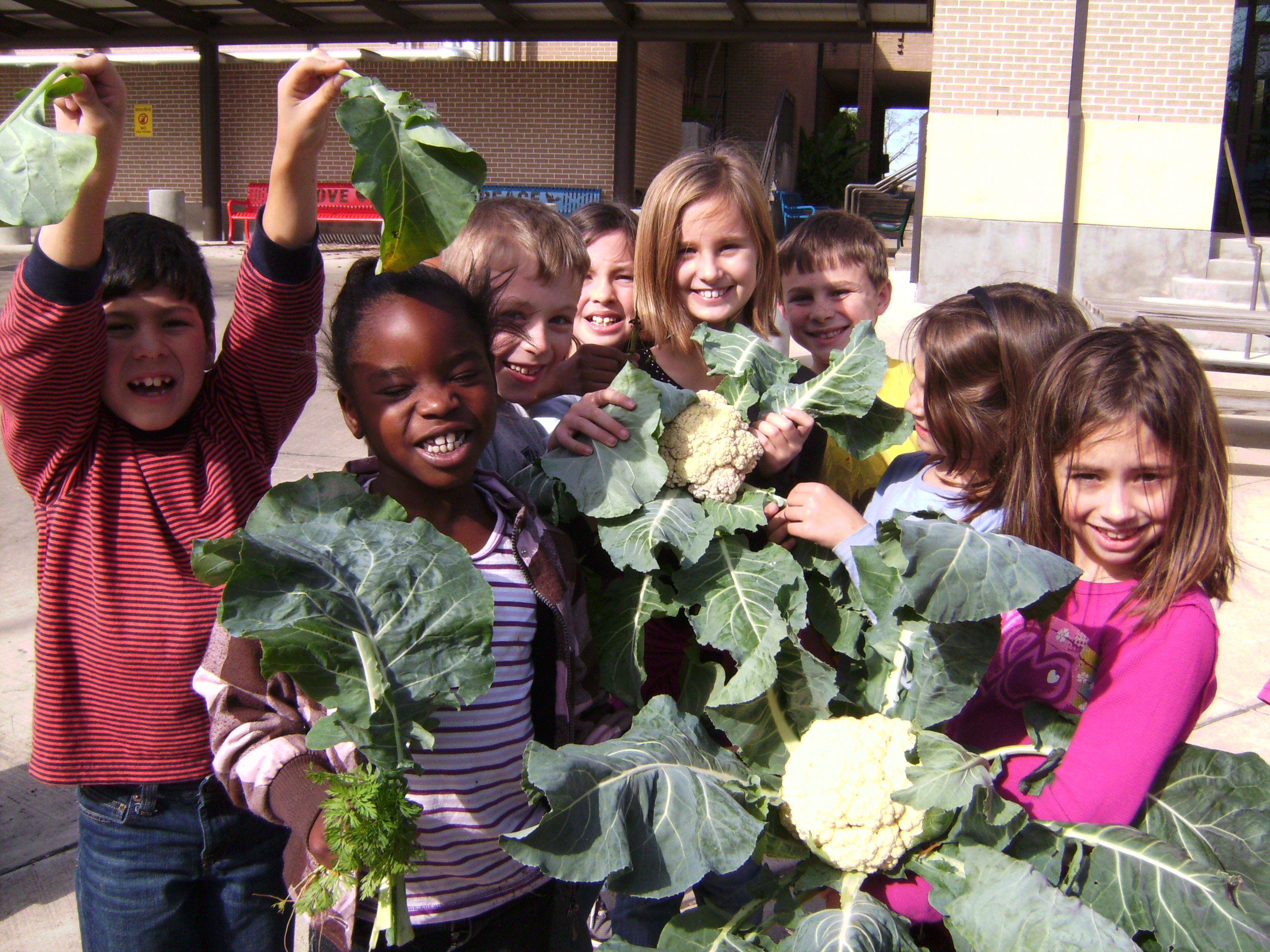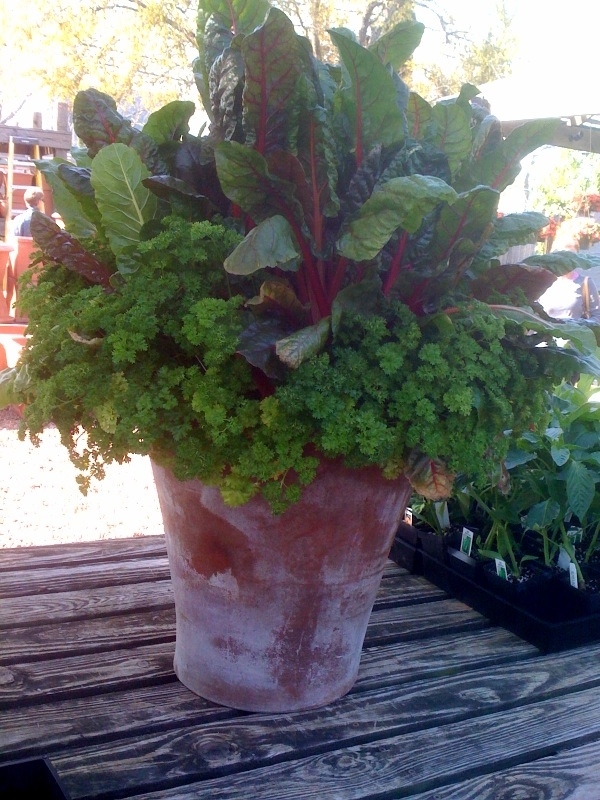Here in Central Texas, signs of spring start early. Daffodils and narcissus begin blooming in early January. By February, these bulbs have begun to fade and are replaced by the graceful Leucojum. By March, big green mounds of dark green foliage in yards and pastures remind us that Bluebonnet season will soon be upon us. Yet, in spite of all of these signs, I never really feel sure that spring has arrived until I see two things in my yard: purple martins and buds developing on my redbud trees.
The Texas redbud (Cercis canadensis “texensis”) is probably the most loved ornamental native tree in Texas. The bright magenta flowers burst forth when most of the earth is still grey from winter. The flowers seem to appear over night. You can drive past the bare branches of a dormant redbud tree everyday and never notice it. Then, sometime around the first of March, the flowers arrive in all of their magenta glory. They are so bright and showy that I am always pleasantly shocked when I see the first redbud of spring.
Redbuds are small deciduous trees with light grey bark covered in white spots. They are commonly multi-trunked and rarely exceed 25 feet in height. They flower in a variety of colors. In addition to the most common magenta, you can find varieties that bloom deep rose, pink, purple and even white. Redbud leaves have a very distinctive “heart” shape that is dark green and waxy on the top and lighter on the bottom. The tree produces a flat seed pod in late summer that is attractive to many birds and varmints. Technically an understory tree, they do well in full sun but do appreciate some afternoon shade. Their drought tolerance and adaptability to the alkaline soils of Central and South Texas make them an excellent choice for our yards and gardens.
Like fruit trees, it is best to plant redbuds in late winter. If you are going to buy your tree from a nursery you might wait until early spring when they have bud development so you can be sure of the color you are getting. Once purchased, the redbud should be planted like all other balled or potted trees. Dig a hole about twice as wide and the same depth of the root ball. Back fill and tamp. Make sure and leave the plant high enough in the hole to keep the root collar exposed. Water in well and mulch with a 4” to 6” layer of compost.

The blooms of the redbud are a sure indicator that Spring is just around the corner! Photo by Bruce Leander
Last weekend, several purple martins began to set up house in my back yard. Seeing this, I immediately went and inspected my redbuds. Sure enough, they were covered in buds. Because of this, I am now pleased to announce that winter is officially over. Why not get in the car this weekend and enjoy the show provided by the redbuds? I promise, you will be glad you did!










